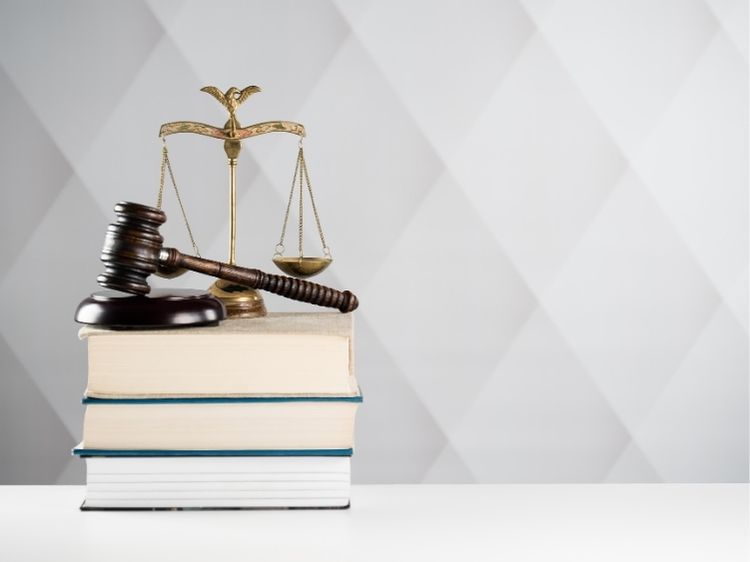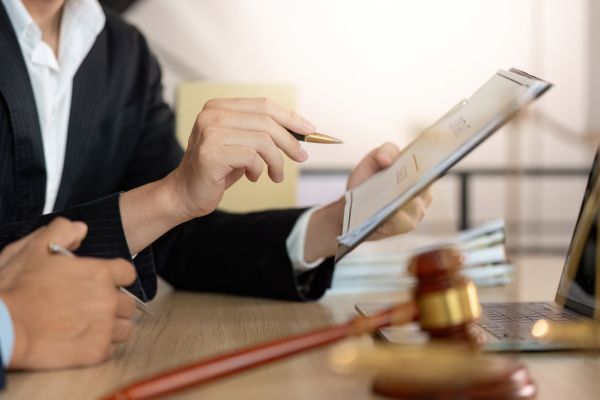Liability for Negligence: Understanding the Basics
Liability for negligence is a cornerstone concept in the legal world, touching nearly every aspect of personal and professional life. Whether you’re driving a car, running a business, or simply going about your daily routine, the potential for negligence—and the resulting liability—looms large. But what does it actually mean to be liable for negligence? How does the law determine if someone is negligent, and what are the consequences?
In this comprehensive guide, we’ll explore the ins and outs of liability for negligence, breaking down complex legal jargon into easy-to-understand language. Whether you’re a student of law, a business owner, or just someone curious about legal responsibilities, this article is for you. Let’s dive in!
What is Negligence?
Negligence, in its simplest form, refers to a failure to exercise the level of care that a reasonably prudent person would in similar circumstances. It’s not about intentional harm but rather about carelessness or recklessness. When someone fails to act with the necessary caution, and that failure causes harm to another person, they can be held liable for negligence.
For example, imagine a driver who is texting while driving and runs a red light, causing an accident. The driver’s actions are considered negligent because they did not uphold their duty of care to others on the road. Liability for negligence in this scenario would mean the driver is responsible for any damages resulting from the accident.
Elements of Negligence
To prove liability for negligence, four key elements must be established:
- Duty of Care: The defendant must have owed a duty of care to the plaintiff. This means that the defendant had a legal obligation to act with a certain level of care to avoid causing harm to others.
- Breach of Duty: The defendant must have breached that duty of care by acting (or failing to act) in a way that a reasonable person would not have.
- Causation: The plaintiff must prove that the defendant’s breach of duty directly caused the harm or injury.
- Damages: Finally, the plaintiff must have suffered actual damages (physical, emotional, or financial) as a result of the breach.
Each of these elements must be proven for a negligence claim to succeed. If even one element is missing, the claim may fail.
Real-World Examples of Negligence
Negligence can occur in various situations, from everyday accidents to complex professional scenarios. Here are a few examples:
- Medical Malpractice: A doctor misdiagnoses a patient, leading to incorrect treatment and further health complications. The doctor’s failure to provide the standard level of care expected in the medical field could be deemed negligent.
- Slip and Fall Accidents: A grocery store fails to clean up a spilled liquid on the floor, causing a customer to slip and injure themselves. The store’s negligence in maintaining a safe environment for customers could result in liability.
- Product Liability: A company produces a defective product that causes harm to consumers. If the defect was due to negligence in the manufacturing process, the company could be held liable for damages.
Defenses Against Negligence Claims
Not all negligence claims are straightforward. Defendants have several defenses they can use to avoid liability:
- Contributory Negligence: If the plaintiff is found to have contributed to their own injury through their negligence, they may be barred from recovering damages.
- Comparative Negligence: In some jurisdictions, the plaintiff’s damages may be reduced by the percentage of their fault. For example, if a plaintiff is found to be 30% at fault, their compensation may be reduced by 30%.
- Assumption of Risk: If the plaintiff knowingly and voluntarily assumed the risk of harm, they may not be able to recover damages. This is common in cases involving dangerous activities like skydiving or bungee jumping.
The Impact of Liability for Negligence on Businesses
Liability for negligence is a significant concern for businesses of all sizes. A single negligence claim can lead to substantial financial losses, damage to reputation, and even the closure of the business. Here are some ways businesses can be impacted:
- Financial Penalties: If a business is found liable for negligence, it may be required to pay substantial damages, including compensation for medical expenses, lost wages, and pain and suffering.
- Insurance Costs: Businesses often carry liability insurance to protect against negligence claims. However, a history of negligence claims can lead to higher premiums or even the loss of coverage.
- Reputation Damage: A negligence claim can severely damage a business’s reputation, leading to a loss of customers and revenue.
How to Minimize the Risk of Negligence
Given the potential consequences, it’s crucial for individuals and businesses to take steps to minimize the risk of negligence. Here are some strategies:
- Training and Education: Regular training for employees on safety protocols and best practices can reduce the likelihood of negligence.
- Clear Policies and Procedures: Establishing clear policies and procedures for all aspects of operations can help ensure that everyone knows their responsibilities and how to perform their duties safely.
- Regular Inspections and Maintenance: For businesses, regular inspections of equipment and premises can help identify potential hazards before they cause harm.
- Legal Consultation: Consulting with legal professionals to ensure compliance with all relevant laws and regulations can also help reduce the risk of negligence.
FAQs About Liability for Negligence
Q: What happens if I’m partially at fault for an accident?
A: If you’re partially at fault, your compensation may be reduced based on the percentage of your fault. This is known as comparative negligence.
Q: Can I sue for negligence if I didn’t suffer any actual damages?
A: No, one of the key elements of a negligence claim is proving that you suffered actual damages. Without damages, there’s no basis for a claim.
Q: How long do I have to file a negligence claim?
A: The time limit for filing a negligence claim, known as the statute of limitations, varies by jurisdiction. It’s essential to consult with a legal professional to understand the time limits in your area.
Conclusion
Liability for negligence is a fundamental aspect of law that affects individuals and businesses alike. Understanding what constitutes negligence, how liability is determined, and the potential defenses can help you navigate this complex area of law. By taking proactive steps to minimize the risk of negligence, you can protect yourself and your business from costly legal battles.
Whether you’re a business owner looking to safeguard your company or an individual seeking to understand your rights, knowledge of liability for negligence is essential. Stay informed, stay cautious, and always strive to uphold your duty of care.



